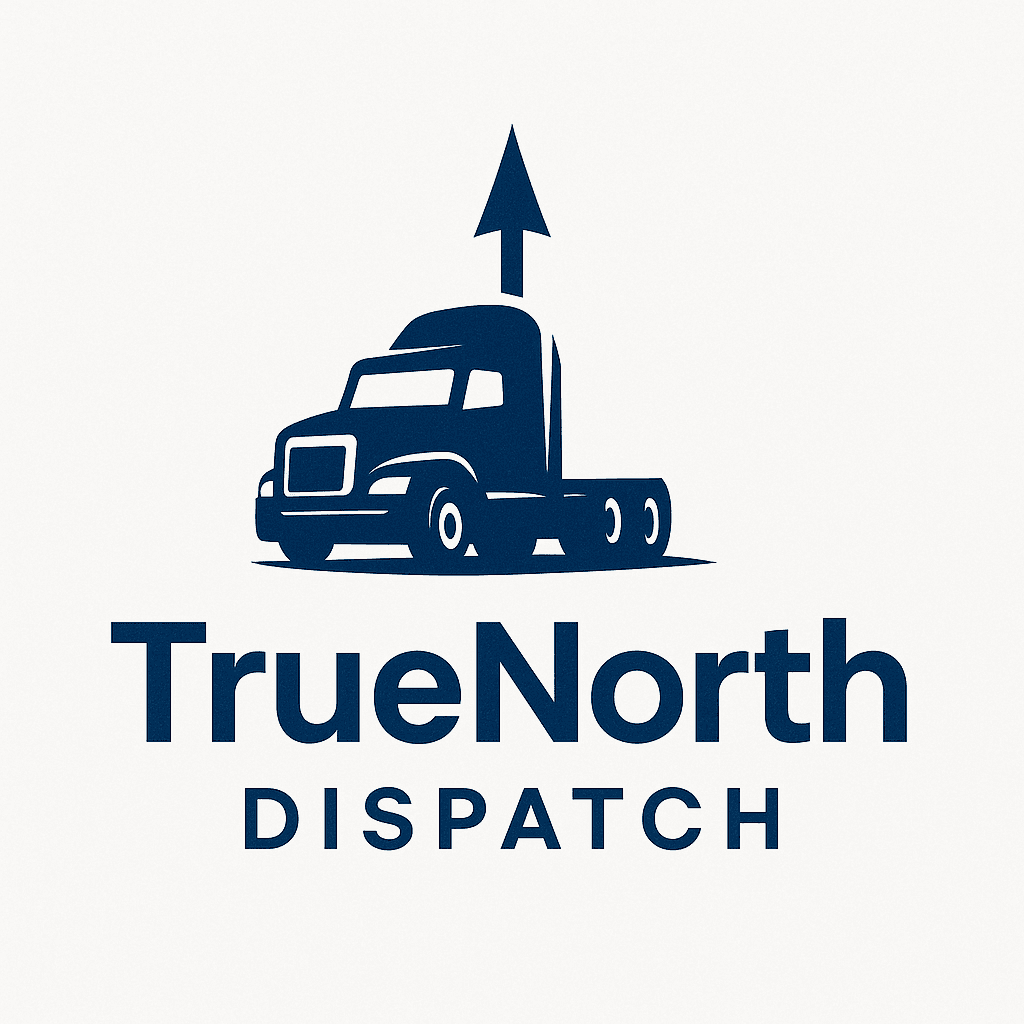Digital Freight Matching Platforms vs Traditional Methods: A Comprehensive Comparison
The Evolution of Freight Logistics
In the fast-paced world of logistics, the advent of Digital Freight Matching (DFM) platforms has revolutionized the way freight is managed and transported. These platforms offer significant advantages over traditional methods, such as manual booking and dispatch. As the logistics industry continues to evolve, understanding the differences between these two approaches is essential for businesses looking to optimize their shipping operations.

Understanding Digital Freight Matching Platforms
Digital Freight Matching platforms leverage advanced technology to connect shippers with carriers in real-time. By using algorithms and data analytics, these platforms can efficiently match freight with available trucks, minimizing empty hauls and reducing costs. One of the major benefits of DFM platforms is their ability to provide instant quotes and confirmations, streamlining the entire process.
Additionally, DFM platforms offer greater visibility into the supply chain. Shippers can track their shipments in real-time, allowing for better planning and management. This transparency helps in anticipating potential delays and making informed decisions quickly.
The Traditional Approach to Freight Management
On the other hand, traditional freight management methods rely heavily on manual processes. This includes phone calls, emails, and spreadsheets to coordinate shipments. While this method has been in use for decades, it often leads to inefficiencies such as delays and higher costs due to inaccuracies and miscommunications.

Despite these challenges, traditional methods are still favored by businesses that prefer a more personal touch. The relationships built over time with brokers and carriers can sometimes lead to better deals or accommodations in times of need.
Comparing Efficiency and Cost
When comparing efficiency, DFM platforms clearly have an edge. Their ability to automate the matching process reduces the time it takes to find a suitable carrier. Moreover, the use of data analytics allows for optimized routing, which can lead to cost savings on fuel and labor.
Cost is another critical factor where DFM platforms often outperform traditional methods. By reducing manual labor and eliminating intermediaries, these platforms can lower the overall cost of shipping. Additionally, dynamic pricing models used by DFM platforms can result in more competitive rates for shippers.

User Experience and Accessibility
A significant advantage of digital platforms is their user-friendly interface, which simplifies the logistics management process. With just a few clicks, users can book shipments, track progress, and receive updates. This ease of use is particularly appealing to businesses looking to save time and resources.
Furthermore, DFM platforms are accessible from anywhere with an internet connection, making them a convenient choice for companies with remote teams or those operating across multiple locations. This level of accessibility is something traditional methods struggle to provide.
The Future of Freight Logistics
As technology continues to advance, the gap between digital and traditional freight management methods is expected to widen. DFM platforms are likely to incorporate more sophisticated technologies like AI and machine learning to further enhance efficiency and accuracy.
While traditional methods may still hold a place in certain niches where personal relationships are valued, the overall trend indicates a shift towards digital solutions. Businesses aiming to remain competitive in the logistics sector should consider adopting DFM platforms to streamline operations and reduce costs.

